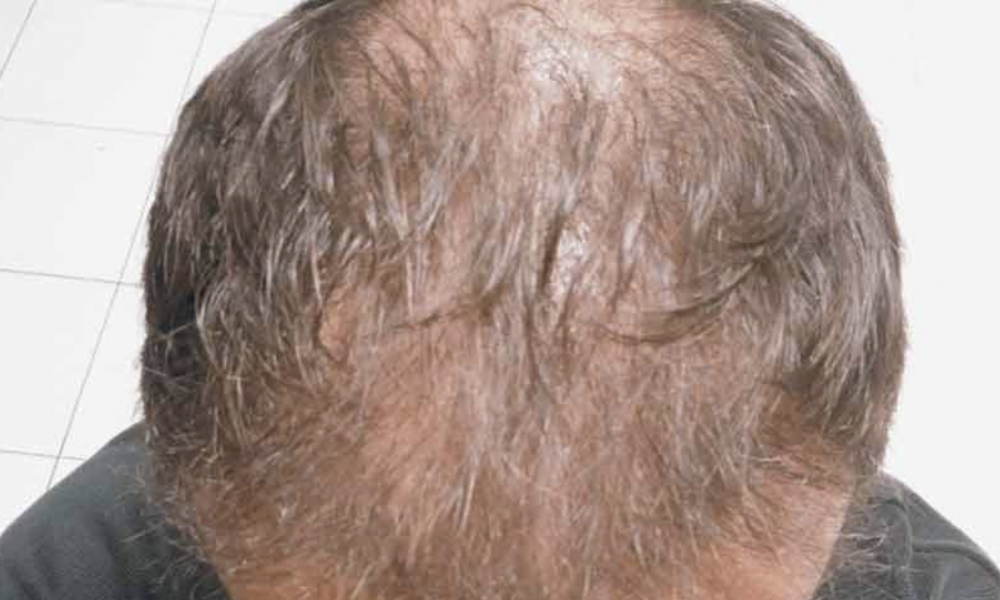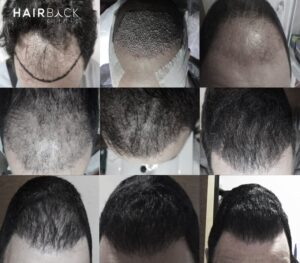3 months after hair transplant

Hair transplantation today represents the best definitive solution against alopecia. But then, what happens 3 months after hair transplant? But although this operation is risk-free and minimally invasive, it must be understood that the evolution of a hair transplant must respect certain stages and a chronological order. If you had your transplant 2 months ago, for example, you have probably lost the transplanted hair and your scalp may still be a little swollen or red.
3 months after the hair transplant, what will happen?
The first three months are crucial and the doctor’s instructions must be followed to the letter. If it is a serious clinic, then they will monitor the progress of your hair transplant every month. At the end of. 3 months, you enter the period of real growth of the follicle and it is therefore important to follow the instructions that we will detail later in this article.
Instructions and recommendations, 3 months after hair transplant
After the transplant, you have probably received a series of tips and steps to follow, such as washing your hair, or the different treatments you can apply to your scalp. But at this stage (3 months after the hair transplant) it is important that you follow other instructions to ensure a good evolution of your hair transplant and therefore a good future result.
- Continue to lead a healthy lifestyle by limiting the consumption of alcohol or tobacco. – Avoid brutal blows to your scalp such as contact sports.
- Try not to expose yourself too much to a dirty environment, and do not expose yourself to more than 30 minutes in the sun.
- We recommend using a pH neutral shampoo.
How to wash your hair?
It is essential to follow the advice of a surgeon, and the use of products recommended by the latter. If you have been advised to take certain medications, follow the instructions. Take care to wash your hair well so that your scalp heals faster.
Maintaining impeccable hygiene of your scalp is very important because it will clearly promote the regrowth of your new follicles. In addition, you will avoid possible infections or develop certain forms of chronic dermatitis. It is also possible that at this stage you will notice small white pimples present on your head. It’s hair that grows under the hair tissue and will eventually come out, so nothing serious.
Why use hair lotions?
Hair lotions can have significant hair strengthening benefits and can help stimulate hair growth. Hair lotions or sions should only be applied on the advice of a medical specialist. If no one has recommended their use, do not use a random product and always consult a doctor first.
Some lotions act directly on the follicles, strengthen the hair, stimulate hair growth and deeply cleanse the scalp.
Is it possible to do sports after a hair transplant?
During the first month, we recommend that you avoid any sporting activity or do very light physical exercise. After the first month you can gradually begin to resume normal physical activity and return to sport. If you start to engage in physical activity, be careful not to hit your head or expose your scalp to possible blows.
After 3 months you will be able to make the most of your physical activities. However, you should keep in mind that the recovery period is not completely over. So be careful not to expose yourself to the sun for more than 1 hour a day and avoid immersing your head too much under water or staying too long in saunas or hammams.
Can I use chemicals for my hair – 3 months after hair transplant?
Restrictions on applying chemicals to the hair will be less severe after 3 months after hair transplantation. You can use styling wax or gel, but don’t overdo it, and make sure you wash your hair well before going to bed. As for your appointments with the hairdresser, 3 months after the hair transplant, you can cut your hair with clippers or scissors and even use a hair dryer!
Before using products to color your hair, we recommend that you make an appointment with a dermatologist so that he can study your case and possibly give his approval.
Hair growth cycle
The first 2 months after the hair transplant, you may go through a period commonly known as “shock loss” or “shock loss”. During this time, the implanted follicles are likely to fall out and some of your natural hair may fall out as well. This is a perfectly normal reaction of your body, so there is no need to worry.
This phenomenon is due to the stress that the operation causes on the scalp. Even if your hair is falling out, keep in mind that the root of the follicle is under the hair tissue and depending on the hair growth cycle, the hair will eventually come out and grow. This is the telogen cycle of the hair.
3 months after hair transplant- At first, it is very likely that the new hair will be thin and excessively fragile and this is normal. The hair is just starting to grow and it will take some time to grow strong and thick. Once all of your new follicles have reached this stage, you will have considerable density.
Clinical follow-up after a hair transplant

During these first 3 months, the clinic must carry out a serious and regular follow-up. Normally you must send your photos after fifteen days, then after 1 month, after 3 months after the hair transplant and this until the sixth or twelfth month.
This follow-up allows the clinic to judge the evolution of your graft and, if necessary, to give you good advice to optimize the growth of new grafts.
3 months after the hair transplant, do not hesitate to contact the clinic if you have any doubts about the growth.
Do you have any questions about our hair transplant in Turkey?
Receive your free online diagnosis within 24 hours.
_____

Dr. Baykal Oymak is a highly esteemed transplant specialist hailing from Turkey, boasting an impressive 17-year tenure in the medical field. His professional journey commenced as a dermatologist at Bogazici Hospital in Istanbul, where he began to hone his expertise. Since then, Dr. Oymak has conducted a remarkable tally of approximately 14,000 triumphant hair transplant procedures within Turkey. Additionally, he holds specialization in PRP treatment and Mesotherapy, further solidifying his reputation as a versatile and accomplished practitioner in the realm of dermatology and transplantation. » SCHEDULE YOUR HAIR TRANSPLANT IN TURKEY HERE «
